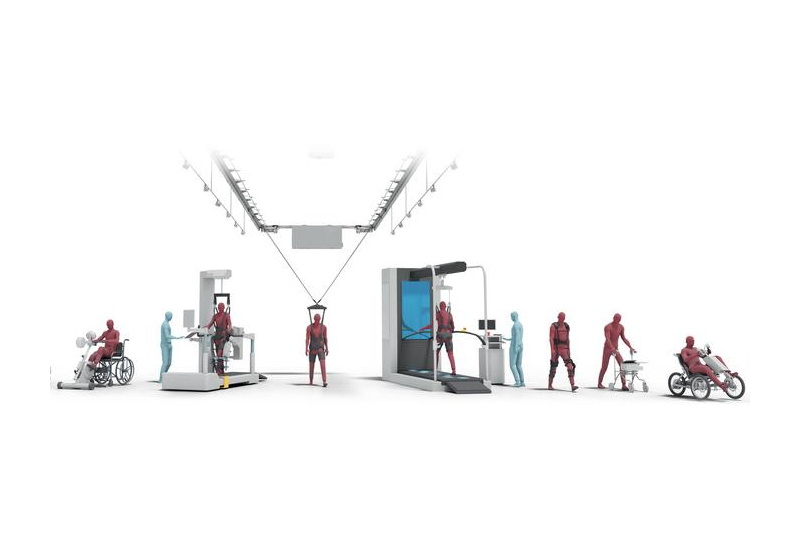
Advanced X-ray technology tells us more about Ménière's disease

A synchrotron X-ray of the balance organ of the human inner ear shows a kidney-shaped canal with a diameter of just approx. 0.5 mm. The inner ear has been reconstructed three-dimensionally in a computer program, and the surrounding bone has been made transparent. The green-coloured vessels surrounding the canal are thought to absorb and clean the fluid in the inner ear. It is believed that disruption of this function may cause Ménière's disease.
Credit: Nordström et al.
Ménière's disease is manifested in sudden onset of severe dizziness (vertigo) attacks, hearing impairment and tinnitus.
Accumulation of excess fluid in the inner ear is thought to cause the disorder, from which approximately an estimated 30,000 people in Sweden suffer.
The researchers behind the new scientific article have investigated the organs in the human inner ear, which are very difficult to study. This part of the ear is enclosed by the body's hardest bone.
Using synchrotron X-ray imaging, an advanced and powerful form of computer tomography (CT), the scientists were able to study the organ of balance with its surrounding blood vessels.
Since the technology generates energy too high for use on living humans, donors' temporal bones were used.
The images of the inner ear were reconstructed to make a three-dimensional model in the software, Inside the hard bone, the researchers discovered a drainage system that is thought to explain how the fluid in the inner ear is absorbed.
This discovery may bring about an improved understanding of how and why Ménière's disease arises.
The synchrotron imaging investigation was carried out in Saskatoon, in the Canadian province of Saskatchewan. The study was conducted jointly with Dr Sumit Agrawal and Dr Hanif Ladak, who are researchers in London, Ontario (Canada).














